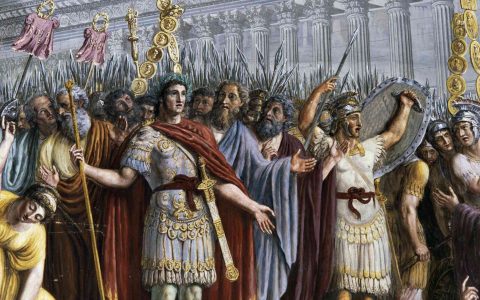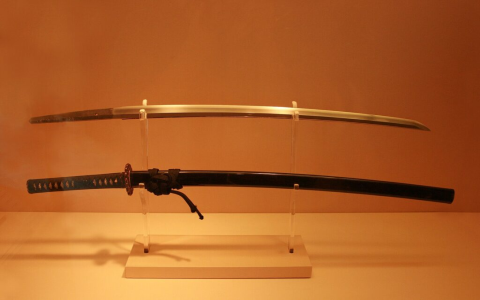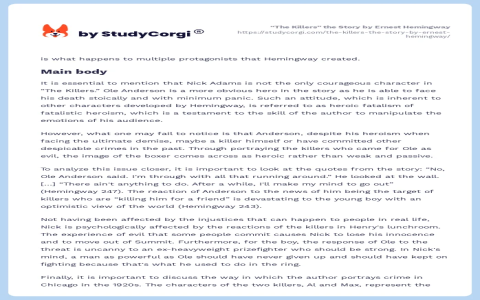Honestly, I got curious about how many regular folks back in ancient Rome could actually read. You hear all this stuff about Roman civilization, but were they all sitting around reading scrolls? Started digging, and wow, it ain’t so simple. Kept finding bits and pieces, but these three clues really jumped out at me during my rabbit hole dive.
First Stop: Graffiti Everywhere!
Kicked off by looking at pictures from Pompeii and Herculaneum. I mean, we all know about the big buildings, right? But then I zoomed in on photos of walls, shop fronts, public toilets even – places regular people hung out. Boom! Words carved everywhere. Not just fancy quotes, but stuff like “Marcus loves Sophia,” or “Lucius the barber is the best,” or insults, slogans for politicians, ads for gladiator games. The sheer amount of it plastered all over town screamed one thing: loads of people passing by had to be able to read this nonsense. Why bother writing “Successus got laid over here!” if nobody could decipher it? This wasn’t just for the elite snobs. Totally changed my first thought.
Second Clue: Writing Was Just Part of Life
Next thing, I got sidetracked reading about the Roman army. Figured soldiers might be the exception, gotta read orders and stuff. But then, stumbled onto details about all the regular Roman business. Like, how the government ran things. Think about it: tax collectors scribbling down who owed what grain; courts needing laws written up; massive building projects needing supply lists written out. Then it hit me – for all this to function smoothly, someone in most communities, down to the village level, had to handle writing stuff down. Even if it was just the one local dude everyone went to. Found stuff about wax tablets being common – portable, reusable notebooks! People jotting down receipts, personal notes, school exercises. Seemed like writing was woven into daily life way more than I imagined, at least functionally.
The Price Cap List That Blew My Mind
Finally, I hit this thing called Diocletian’s Edict on Maximum Prices. Sounds boring, right? But here’s the kicker: in 301 AD, the emperor got annoyed prices were too high. His solution? Stone slabs carved with price caps for thousands of goods and services – from bread and beer to fancy clothes and wages for teachers – stuck up in public squares across the whole empire. Seriously, imagine a stone price list for everything taller than a man, displayed where everyone walked.My reaction?

- Who was this supposed to help? Clearly not just the literate elite if it’s posted everywhere.
- How were merchants supposed to follow it? Or people to complain? Someone nearby had to be able to read it out, or enough people understood to pressure others.
- The scale itself is crazy! Making these huge slabs and hauling them to towns big and small? Only makes sense if the government thought a good chunk of the population, directly or through neighbours, could actually get the info.
Just the sheer impracticality of this edict without at least some widespread ability to understand written information – even if just recognizing prices for goods they knew – really hammered it home for me. It suggests literacy, or functional reading skills, trickled way further down society than I ever figured.
So, putting it all together? Carved messages in random places, writing tools floating around like cheap notebooks, and the government plastering crazy detailed price lists expecting folks to take notice? Yeah, I gotta say now I lean towards way more Romans having at least basic reading chops than I ever thought possible before this little research adventure. Those ordinary guys? Probably more switched on than we give them credit for. The ancients were no dummies, makes you think, doesn’t it?




